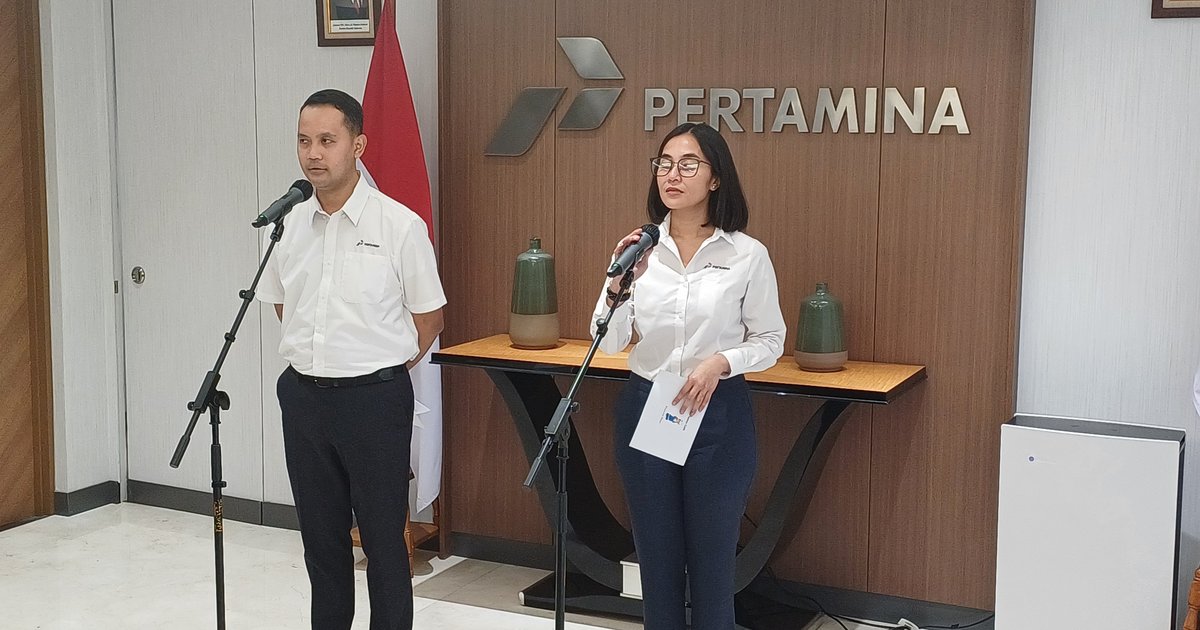Liquefied Petroleum Gas (LPG) remains a vital energy source in Indonesia, especially for households and small industries. However, despite being a resource-rich country, Indonesia still imports 57% of its LPG needs from the United States. This heavy reliance raises questions about energy security, economic resilience, and the urgency for long-term solutions.
Let’s explore why this dependency exists, what it means for the national economy, and what Indonesia is doing to change the narrative.
📦 Indonesia’s High LPG Demand: A Quick Overview
LPG consumption in Indonesia continues to rise, driven largely by:
- Growing population and urbanization
- Government subsidies on 3-kg LPG canisters for low-income households
- Limited access to alternative energy sources in rural areas
As of 2024, Indonesia consumes more than 8 million metric tons of LPG annually, with nearly 5 million metric tons imported, mostly from the US. That’s over half the country’s total needs—an astonishing figure for Southeast Asia’s largest economy.
🛳️ Why the US? Understanding the Import Dynamic
So why is the United States Indonesia’s top LPG supplier?
There are a few reasons:
- Surplus Supply: The US has become a leading global exporter of LPG due to its shale gas boom.
- Stable Pricing: US LPG offers competitive prices under long-term contracts.
- Reliable Logistics: Established shipping routes and storage infrastructure make imports from the US more predictable.
These factors make the US an attractive and dependable LPG supplier—but also create long-term reliance that could pose risks.
⚠️ Economic Risks of Over-Reliance on Imports
Indonesia’s high import dependency comes with several challenges:
- Trade Deficit Pressures
The massive import volume contributes to Indonesia’s current account deficit, putting pressure on the rupiah and foreign exchange reserves. - Vulnerability to Price Volatility
Global energy price fluctuations—triggered by geopolitics or supply chain disruptions—could significantly affect LPG prices in Indonesia. - Subsidy Burden on the State Budget
With a large portion of LPG subsidized by the government, any price hike in the global market strains the national budget.
🔄 What’s the Government Doing About It?
Recognizing the unsustainable nature of this dependence, the Indonesian government is taking steps to reduce LPG imports:
- Developing Domestic LPG Production: Pertamina is investing in refinery upgrades and LPG extraction projects from natural gas fields.
- Expanding DME (Dimethyl Ether) Substitution: DME is being promoted as a cleaner and locally-produced alternative to LPG, especially for household cooking.
- Encouraging Energy Diversification: The government is pushing solar, biogas, and electricity-based cooking to gradually replace LPG usage.
These initiatives are part of Indonesia’s broader strategy to improve energy resilience and reduce reliance on foreign fuel sources.
✅ Conclusion: Toward Energy Independence, One Step at a Time
While importing 57% of LPG from the US may currently be necessary, it exposes Indonesia to external risks that could affect its economy and energy security. The country must move decisively toward domestic production, alternative fuels, and smarter energy consumption.
If successful, Indonesia can reduce import reliance, strengthen its economy, and move one step closer to true energy independence.



